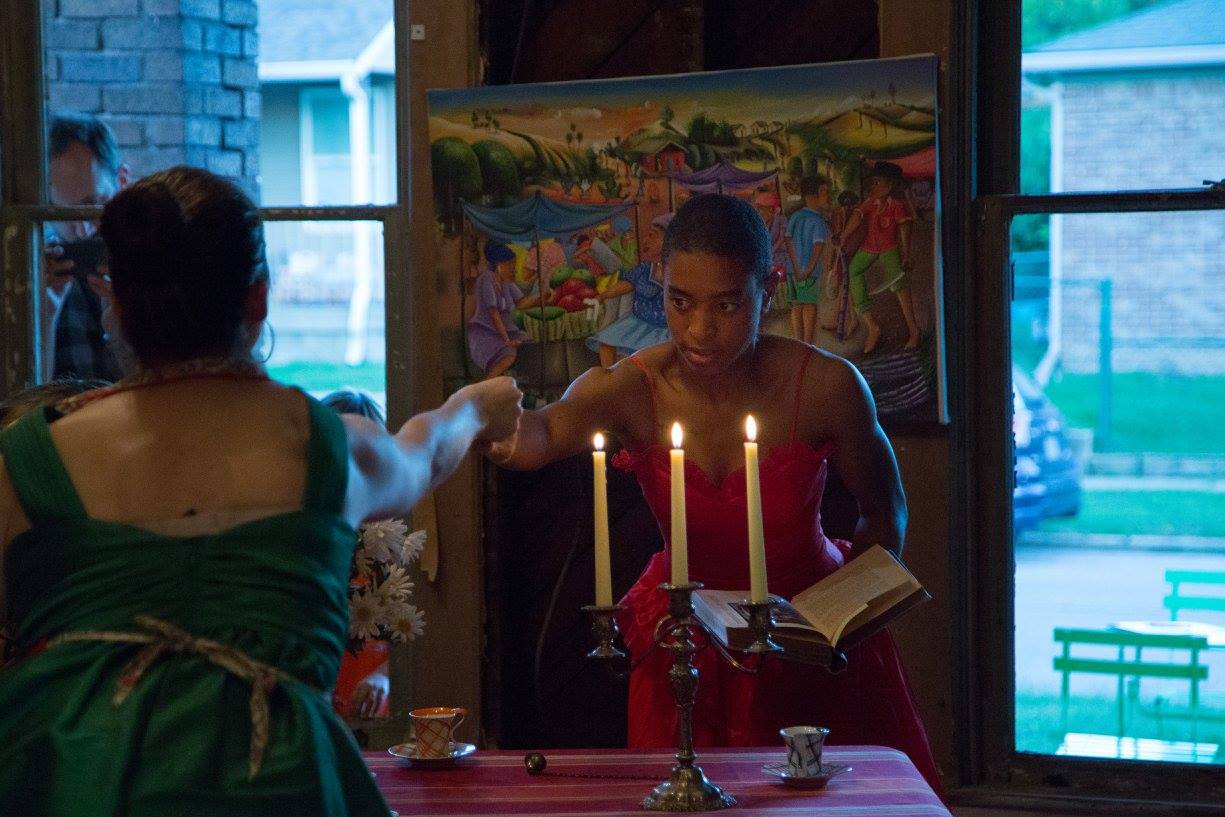Running a small nonprofit with limited staff, tight budgets, and big community needs, it can be easy to feel like you have to go it alone.
But partnership offers another path. Collaboration can support and strengthen funding, programming, impact, and sustainability.
In this article, we spotlight three Midwestern organizations who are teaming up with neighbors, libraries, and fellow nonprofits to deepen their creative, community-rooted work.
North Dakota Asian-American Arts and Cultural Initiative: Scaling Statewide with Local Connections
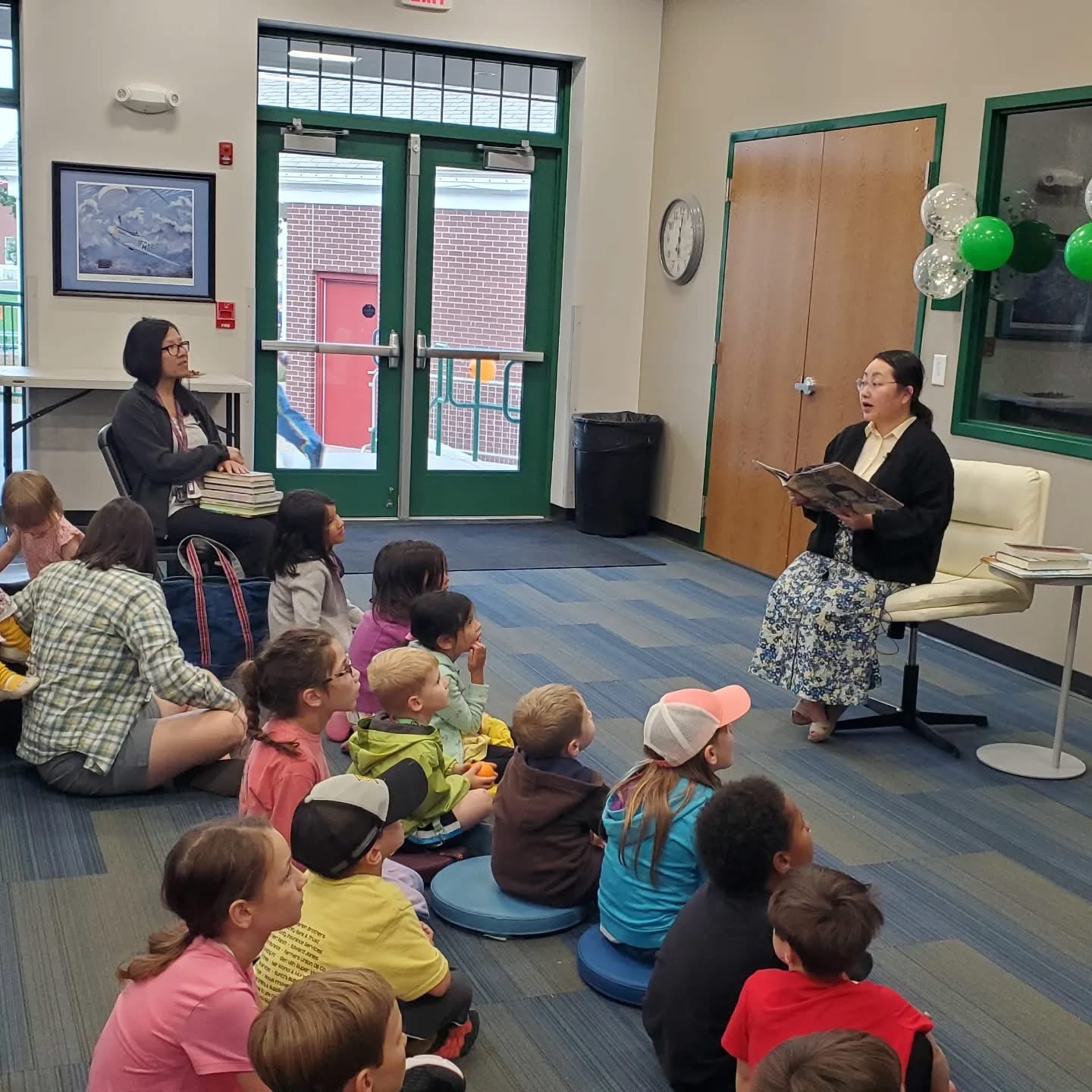
North Dakota Asian-American Arts and Cultural Initiative (NDAAACI) is a nonprofit that provides a platform for artistic expression, cultural heritage, and community engagement. Based in Bismarck, they serve communities across the entire state of North Dakota. The organization is primarily volunteer-led, with a growing team that includes board members, advisory committee members, community volunteers, and two part-time staff.
As they work to support Asian American communities statewide, one of NDAAACI’s biggest challenges has been scaling programs across multiple cities while working with limited resources. Coordinating logistics, transporting cultural materials, and maintaining communication with partners across distances has stretched the capacity of their small team.
Their response? Strengthen partnerships at the local level.
In 2023, NDAAACI launched an outreach campaign targeting public libraries, arts organizations, and community groups across the state. Co-founder Crista McCandless led efforts to connect with partners in Bismarck, Fargo, Grand Forks, and Minot, while members of their advisory committee acted as community liaisons, championing the organization’s mission on the ground.
These conversations led to the creation of a new program called the Kaleidoscope Project, a series that brings communities together through public book chats exploring themes of identity, immigration, and resilience. The book collection for this series was installed at four partner libraries: Bismarck Veterans Memorial Public Library, Morton Mandan Public Library, Fargo Public Library, and Grand Forks Public Library.
These partnerships also fueled the growth of NDAAACI’s Know My Culture series, which invites attendees to explore Asian cultures through music, performance, food, and hands-on activities. With new collaborators on board, NDAAACI has expanded this signature program across the state, particularly in Fargo and Grand Forks.
NDAACI has found that partnering with local organizations significantly improved their ability to run programs more successfully and cost-effectively. What started as a strategy to solve logistical challenges has evolved into a powerful model for community-driven collaboration.
NDAAACI’s Advice for Others?
“Invest in relationship-building. The human element is essential when navigating different social and economic ecosystems. One connection or community partner can lead to another, creating a ripple effect of opportunities and collaboration. That’s the beauty of cultivating strong, genuine relationships—they open doors and build lasting impact.”
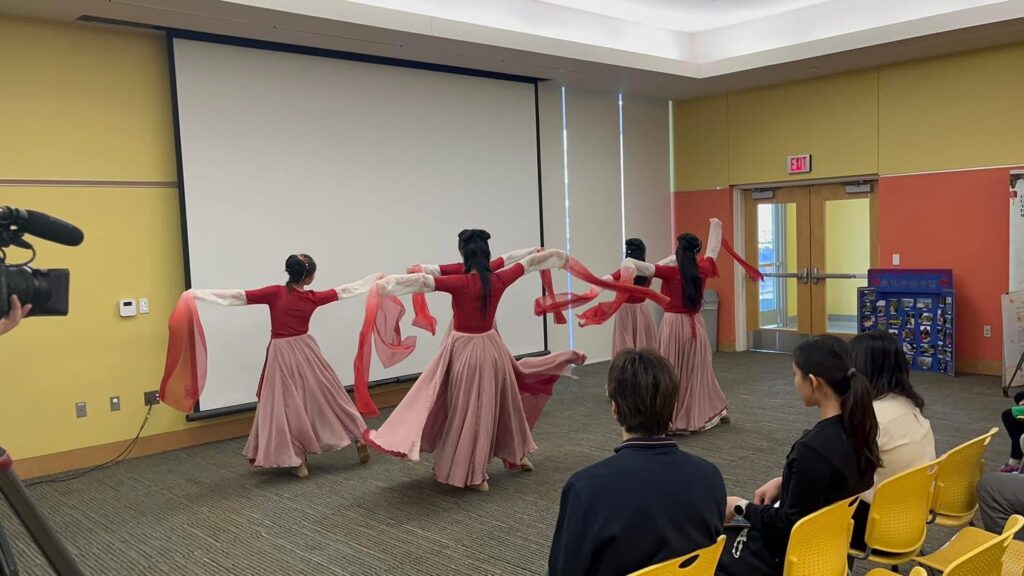
Indy Convergence: Building Partnerships at the Speed of Trust
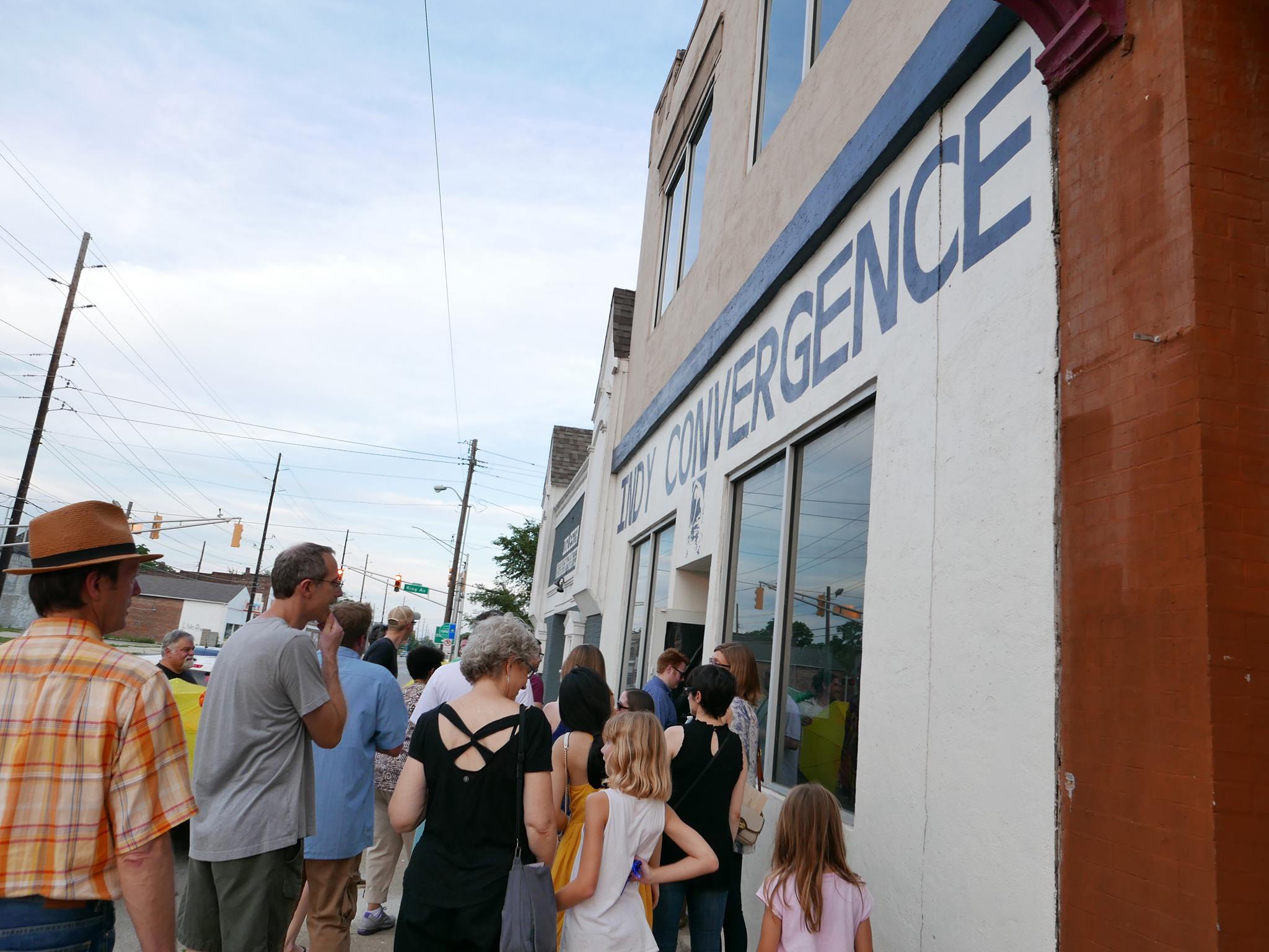
Indy Convergence is an arts organization based in the Near West neighborhoods of Indianapolis. It started with a simple idea: bring artists together to collaborate. The founding team, a group of artists who first met at the Oregon Shakespeare Festival, began gathering once a year in Indianapolis to work on interdisciplinary projects. Half of the artists were local, and half came from other parts of the country. For two weeks each year, they would “converge” to create something new.
But in 2015, when Indy Convergence opened a permanent space in Indianapolis and moved into the apartment above a small theater, everything began to shift. They started asking a deeper question: what does it really mean to be part of a neighborhood?
Rather than launching new programs right away, they spent a year listening. Robert Negron, Indy Convergence’s Producing Artistic Director, volunteered with neighborhood associations, attended local events, and focused on building relationships without a set plan. The goal? Learn from the community before deciding what came next.
What emerged from that year was a flexible, responsive model of community support. The Indy Convergence space became whatever the neighborhood needed it to be, from an art gallery, coffee shop, yoga studio, performance space, or community meeting place.
That approach still shapes their work today. In addition to their own programming, Indy Convergence works closely with the four neighborhood associations surrounding their space. Together, they support one resident-led event each quarter at no cost. These events vary depending on community needs and have included things like permitting help, grant writing support, and running sound at events.
Indy Convergence approaches community collaboration like approaching a new play: with time, patience, and revision. They don’t apply for funding until an idea has been shaped through conversations with residents. And they plan for the work to evolve without them by building what they call a “model of obsolescence.” That means each project is designed to eventually run on its own, without relying on Indy Convergence to keep it going.
One example is the Belmont Beach Project, which began as a one-year city initiative to honor a historic swimming spot for Black residents. Indy Convergence helped build a solar-powered concert rig and supported fundraising efforts. As the project grew, residents stepped in to lead. Today, Belmont Beach is a beloved public space, guided by a full-fledged nonprofit, and supported by over $1 million in grant funding.
More recently, the organization has been working to better understand and document its approach to community engagement. Through ArtsHERE, Indy Convergence partnered with DePaul University and Actors Theatre of Louisville to research how values, timelines, and institutional systems shape arts-based work with communities. The team is now creating a set of reflection questions that can help Indy Convergence and others better assess how a potential project may be collaborative, transactional, or something in between.
Indy Convergence’s Advice for Others?
“It takes a long time to develop a new piece of theater. Consider community collaboration in the same way. Take some time to thoughtfully engage and listen. Don’t just come up with the idea and then do it. Work with your community from the start.”
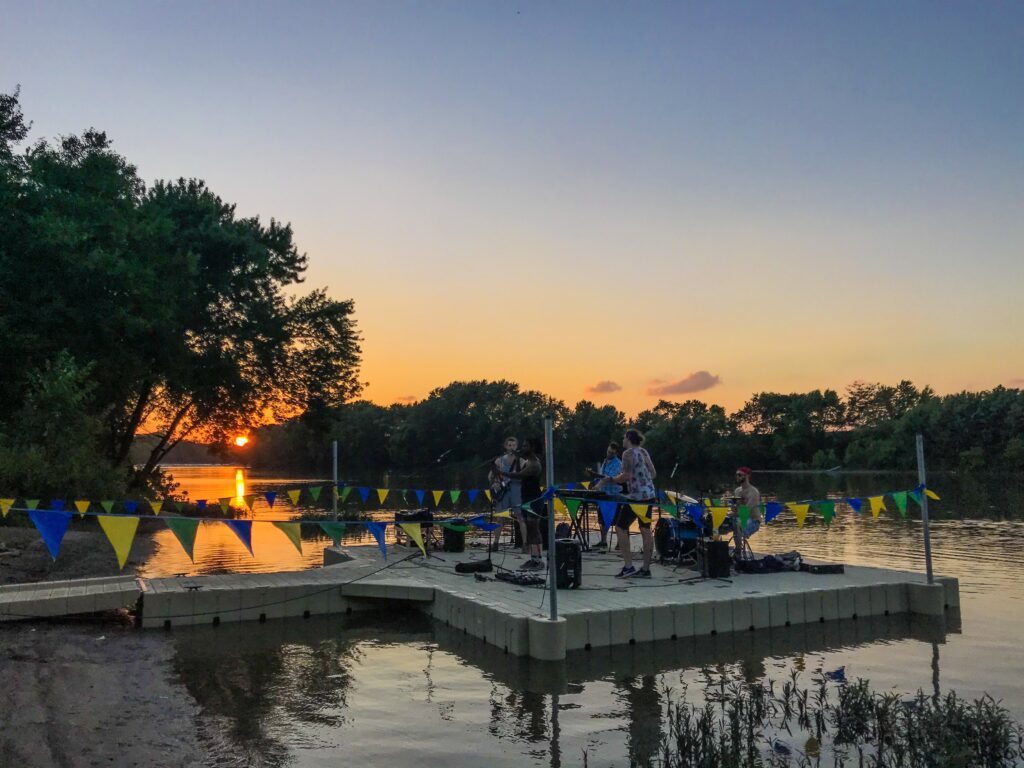
Black Alphabet: From Collaboration to Co-Creation
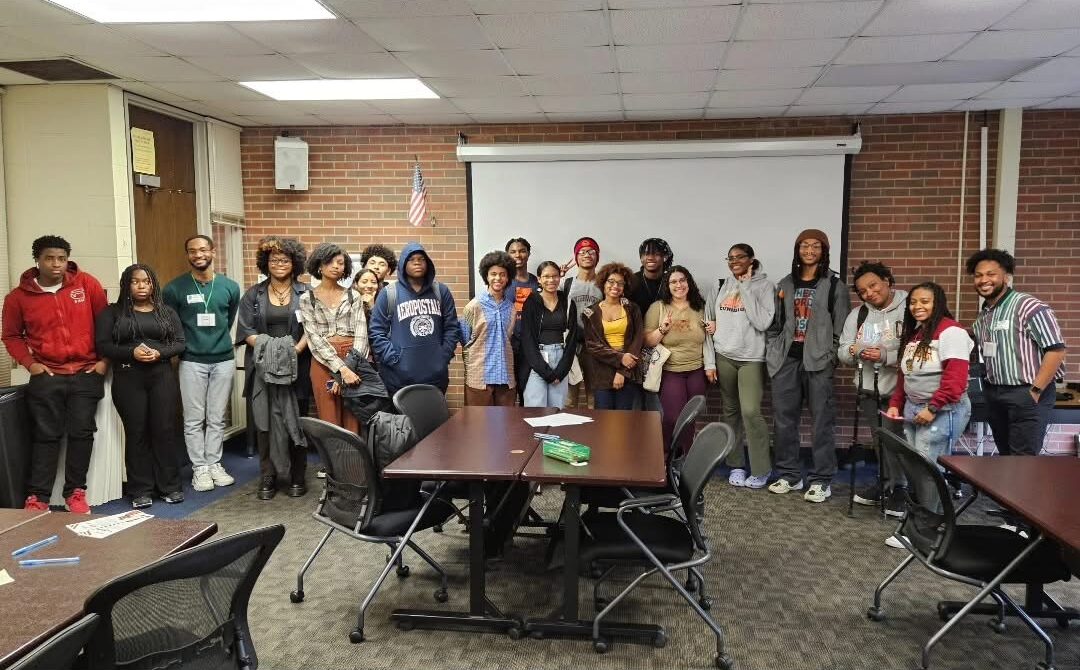
Black Alphabet is a nonprofit that uses arts and media to promote social equity and education for the Black LGBTQ+ community and allies. They are based on Chicago’s South Side, with an international reach, including partners in Ohio, Texas, Florida, Washington D.C., and Uganda.
Their team of six recently moved into their first physical space: the JAMII Center for Arts in the Bronzeville neighborhood. With a permanent home, they now host programs like free art therapy sessions and indie film screenings.
As their programs have grown over the last 12 years, one of their biggest challenges has been how to consistently and fairly compensate community members for their contributions.
Black Alphabet has always taken pride in working directly with local community members. Whenever possible, they hire from their own community and aim to keep money circulating within Black and LGBTQ+ networks, to build relationships with the people doing the work and to invest in their talents.
But finding sponsors and partners who can help fund this work remains difficult. Many of the groups they want to partner with are also small and under-resourced. That raises a hard question: how do you collaborate when everyone is stretched thin?
Black Alphabet’s answer? Think bigger about partnerships.
Instead of focusing only on one-time collaborations, they began seeking out mission-aligned partners who could help develop programs and apply for funding together.
That shift—from ad hoc collaboration to deeper co-creation—has already made a difference. Their grant proposals featuring partners are more competitive. And their approval rate for grants created in partnership has gone up.
Even more important, the relationships feel real. They are building sustainable partner pipeline to invest in both parties’ futures, which feels like a success. And they’ve been encouraged by how many others are eager to collaborate, challenging the usual spirit of competition around funding.
Black Alphabet’s Advice for Others?
“If we had to start over and do anything differently, we would probably have thought bigger about our partnership strategy earlier on when it came to developing our impact programs instead of exhausting our individual resources.
And, be intentional with the relationships that you are building. Whether it’s with funders, program partners, vendors, sponsors, or your target audience – everyone’s efforts are valuable and deserve to be treated with respect.”

What We’re Learning
No matter how you’re approaching partnerships, these takeaways can help guide your work:
- Build community before a plan. Listening and relationship-building come before programming.
- Partnership is a practice. The strongest collaborations evolve over time and center shared purpose, not convenience.
- Design for long-term care. Sustainable projects invite community leadership and reduce dependency on any one organization.
- Move at the speed of trust. Meaningful collaboration takes time, patience, and a willingness to revise.
Even small steps toward new collaborations can open big doors. Keep listening, keep showing up, and keep building together!
